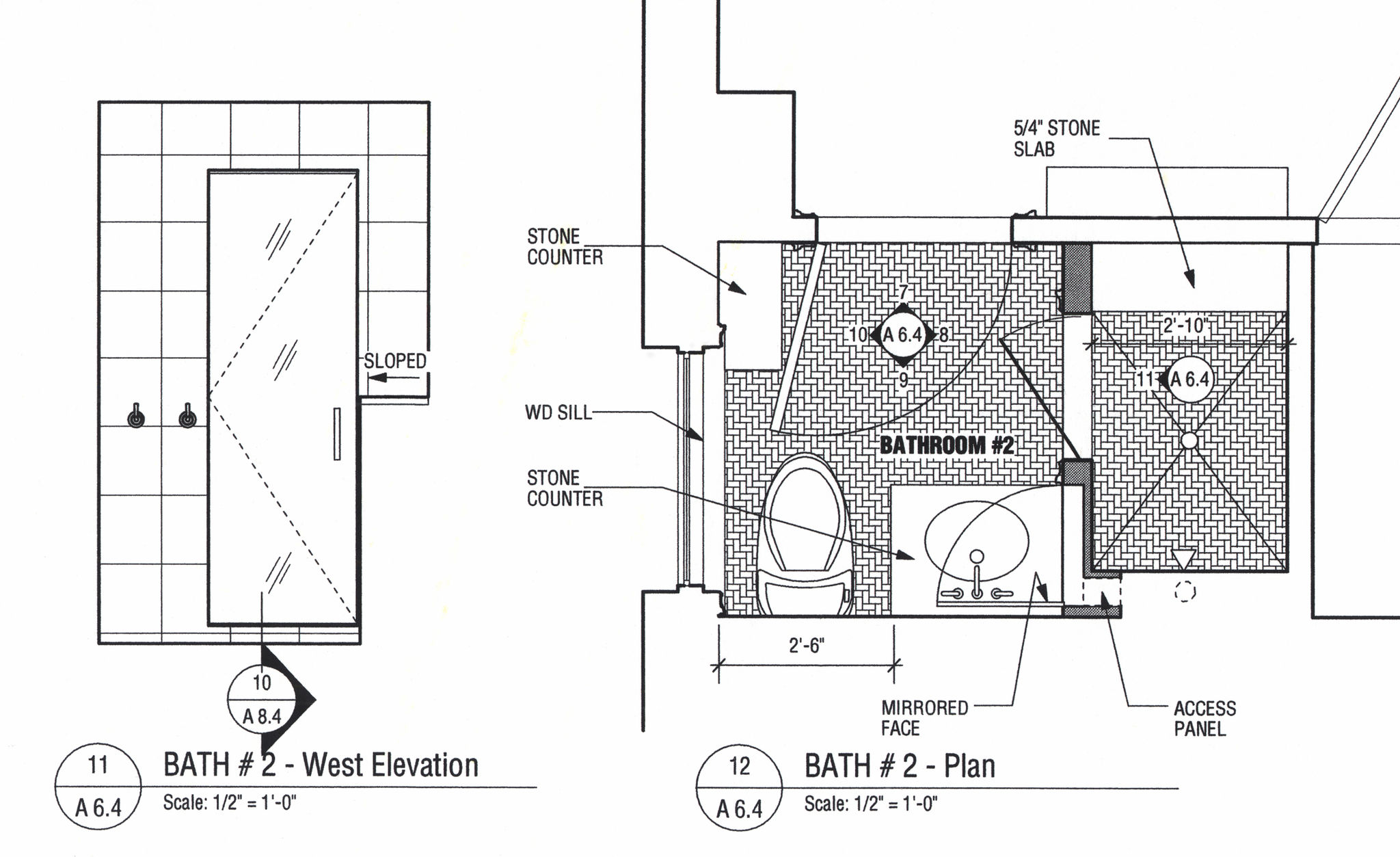The Ultimate Guide to Microservices Architecture for IT Managers
Understanding Microservices Architecture
Microservices architecture represents a paradigm shift in software development, moving away from monolithic systems to a more modular approach. By breaking down applications into smaller, independent services, organizations can achieve flexibility, scalability, and rapid deployment. This architecture is especially beneficial for IT managers who are tasked with overseeing complex systems that require frequent updates and modifications.

Each microservice is designed to perform a specific business function and can be developed, tested, deployed, and scaled independently. This autonomy allows teams to work concurrently on different components, significantly reducing the time to market. Moreover, because microservices communicate through well-defined APIs, they can be developed using different programming languages and technologies, offering further versatility.
Benefits of Adopting Microservices
One of the primary advantages of microservices is their ability to enhance agility. Since each service is autonomous, updates and new features can be rolled out without impacting the entire system. This results in faster innovation cycles and allows businesses to respond swiftly to market changes.
Another key benefit is improved scalability. Microservices enable organizations to scale individual components based on demand rather than the entire application. This optimizes resource usage and can lead to cost savings. Furthermore, microservices provide better fault tolerance. If one service fails, it doesn't necessarily bring down the entire system, allowing for more robust applications.

Challenges and Considerations
Despite their advantages, microservices architecture introduces its own set of challenges. Managing numerous services can become complex, requiring effective orchestration and monitoring tools. IT managers must ensure robust communication between services while maintaining security and data consistency.
Moreover, debugging and testing become more intricate as each service may have multiple dependencies. It’s crucial to implement comprehensive logging and monitoring practices to track service performance and identify issues promptly. Also, transitioning from a monolithic architecture to microservices can be resource-intensive, demanding significant upfront planning and investment.
Best Practices for Implementation
To successfully implement microservices, IT managers should focus on creating a solid foundation for service communication. Using lightweight protocols such as HTTP/REST or messaging queues facilitates efficient interaction between services. Incorporating containerization technologies like Docker can further streamline deployment processes.
- Define clear service boundaries based on business capabilities.
- Automate deployment pipelines to enable continuous integration and delivery.
- Prioritize security by enforcing strict authentication and authorization mechanisms.

Choosing the Right Tools
The choice of tools and technologies plays a critical role in the success of a microservices architecture. Platforms like Kubernetes provide advanced orchestration capabilities that simplify the management of containerized applications across clusters. Monitoring tools such as Prometheus or Grafana are essential for maintaining system health and performance insights.
Similarly, leveraging service mesh solutions like Istio can enhance traffic management, security, and observability within your microservices ecosystem. These tools ensure IT managers have the visibility and control needed to maintain service reliability and efficiency.
Conclusion
The transition to microservices architecture offers numerous benefits but requires careful planning and execution. For IT managers looking to adopt this approach, understanding the intricacies involved and leveraging the right tools is crucial to reaping its full potential. By implementing best practices and staying informed about emerging technologies, organizations can harness the power of microservices to drive innovation and achieve operational excellence.
